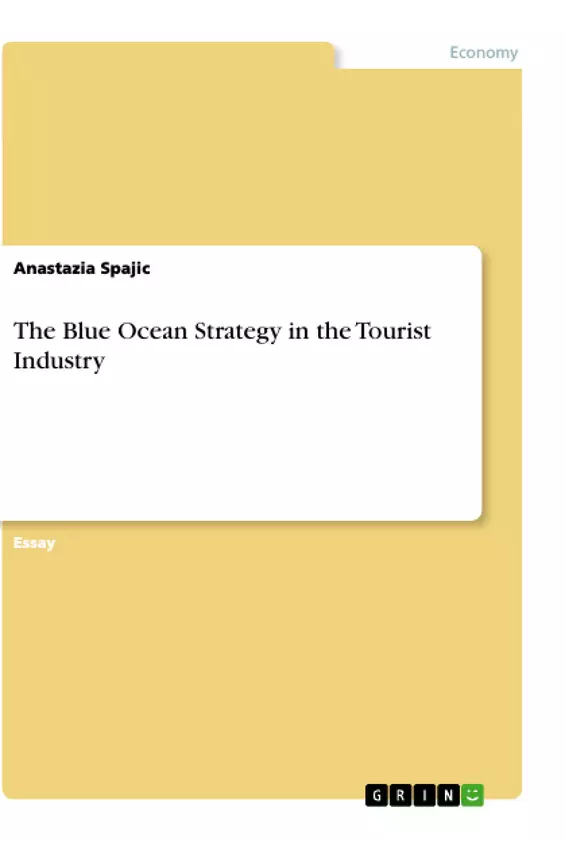Nowadays, companies are required to be constantly willing to change in order to achieve efficient business success. This is due to the fact that markets today are characterized by extensive saturation and overcrowding of competing companies. Finally, the large quantity of products and services on offer is hardly differentiable for consumers. The challenges listed above confirm that systematic and efficient innovation management is necessary to secure the existence and future orientation of companies.
Within the tourism industry, in particular, there is enormous pressure to innovate due to global competition and the growing expectations of guests. However, tourism businesses are not known for being innovative, they tend to copy showcase examples. This is because there is often a lack of money for research and development, as well as time, as it is already a major challenge to perform the day-to-day tasks.
According to a study by PwC, innovative companies should grow faster, generate more revenue and thus represent a key success factor for companies. Therefore, the question of how to embed systematic innovation management in a company is increasingly coming to the fore. One option used when embedding innovation management in companies is the Blue Ocean Strategy.
What exactly is meant by the Blue Ocean strategy and how it works will be explained and demonstrated in more detail in this paper. Furthermore, the focus of this scientific essay is to answer the question of to what extent the application of the Blue Ocean strategy within the tourism industry can contribute to its success. This will be analyzed and explained using the example of the “CitizenM” - Hotel chain. In particular, reference will be made to its focus, divergence, and compelling tagline.
Inhaltsverzeichnis (Table of Contents)
- Introduction
- The Blue Ocean Strategy
- Application of the Blue Ocean strategy within the tourism industry
- Illustration and analysis of the focus through the strategy canvas
- The Eliminate-Reduce-Raise-Create Grid (ERRC) for the development of divergence in comparison with competitors
- Formulation of a compelling tagline
- Conclusion
Zielsetzung und Themenschwerpunkte (Objectives and Key Themes)
This scientific essay aims to explore the Blue Ocean Strategy (BOS) and its application within the tourism industry. The essay seeks to understand how the BOS can contribute to success within this competitive market by analyzing the specific example of the “CitizenM” hotel chain.
- The concept of the Blue Ocean Strategy
- Application of the Blue Ocean Strategy in the tourism industry
- Analysis of focus, divergence, and compelling taglines in the context of the BOS
- The challenges of innovation in the tourism industry
- Systematic innovation management in companies
Zusammenfassung der Kapitel (Chapter Summaries)
- Introduction: This chapter discusses the challenges of innovation in a saturated market, specifically within the tourism industry. It highlights the importance of systematic innovation management and introduces the Blue Ocean Strategy as a potential solution.
- The Blue Ocean Strategy: This chapter provides a comprehensive overview of the Blue Ocean Strategy, emphasizing its significance as a modern business solution.
- Application of the Blue Ocean strategy within the tourism industry: This chapter delves into the practical application of the Blue Ocean Strategy within the tourism industry. It focuses on:
- Illustrating and analyzing the focus of the strategy through the strategy canvas
- Examining the Eliminate-Reduce-Raise-Create (ERRC) grid for developing divergence from competitors
- Formulating a compelling tagline
Schlüsselwörter (Keywords)
The main keywords and focus topics of this essay are: Blue Ocean Strategy, tourism industry, innovation management, systematic innovation, competitive advantage, strategy canvas, ERRC grid, compelling tagline, CitizenM hotel chain.
- Quote paper
- Anastazia Spajic (Author), 2021, The Blue Ocean Strategy in the Tourist Industry, Munich, GRIN Verlag, https://www.grin.com/document/1119114



